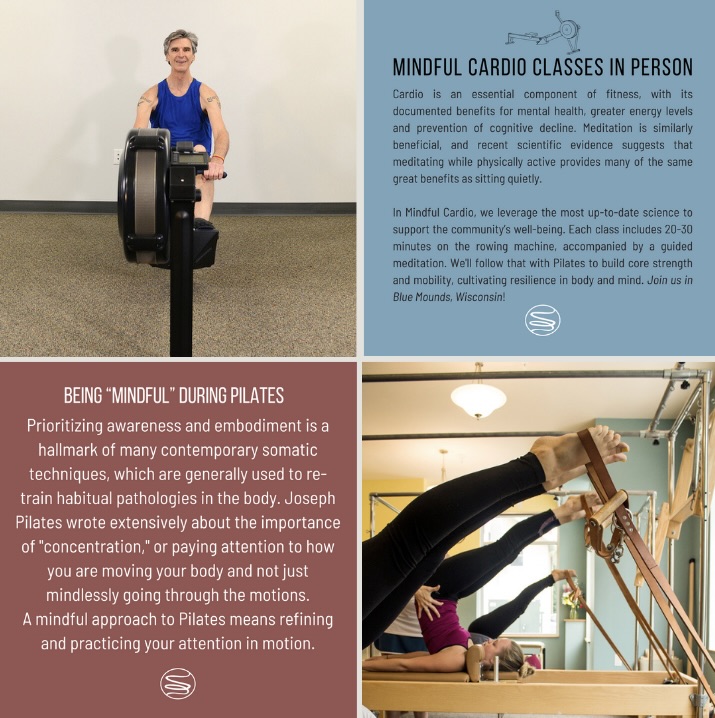Stuff I Learned - Isometric Contraction
Perhaps you remember Hans and Franz of Saturday Night Live? They were keenly interested in pumping you up, and demonstrated the results of their workout regimen at the slightest provocation.
Posing like Hans, Franz or California's former Governor, Arnold Schwarzenegger, involves isometric muscle contraction. When you make a muscle, you're contracting your muscles isometrically. While Yoga tends to de-emphasize bulking up with muscle mass, most yoga poses also involve isometric muscle contraction.
Isometric muscle contraction is different than dynamic muscle contraction in some significant ways. One key difference between dynamic muscle contraction (found in common activities like walking, running or biking) and static muscle contraction is the rate of blood flow to the working muscle. In dynamic muscle contraction, the blood flow to the working muscle increases. In static, or isometric, muscle contraction, the blood flow to the working muscle decreases.
When muscles are working, they need more nutrients in order to maintain their activity. With dynamic contraction, the blood flow to the muscle increases. In isometric contraction, on the other hand, blood flow actually decreases. Why does the blood flow decrease in isometric contraction at just the time that the muscles are needing more blood supply? Because the static contraction of the muscle presses so hard on the blood vessels that the blood supply is impeded. With sufficient isometric contraction (effort), the blood supply to the working muscle may actually be shut off.
When working muscles are not receiving the blood that they need to continue working, receptors in the working muscle send a signal to the brain - more blood, right now! The cardiovascular control centers of the brain then generate greater activation of the sympathetic nervous system, which both raises heart rate and blood pressure.
Put another way - holding isometric contraction may catalyze a fight, flight, freeze response. Now, don't worry - this is not to suggest that holding yoga poses is a stressor. Far from it - I think many of us have experienced the relaxing benefits of a satisfying yoga practice.
If isometric contraction (holding poses) may cause greater sympathetic activation, how does Yoga work? One theory is that the relaxation at the end of a session allows your central nervous system to overcorrect after having modestly upregulated due to the various Yoga techniques. It's thought that holding poses may cause sympathetic activation, and resting in Savasana at the end of class gives your system the time and space to overcorrect into a state of greater relaxation.
In the past few years, I've seen more teachers shorten or even eliminate the relaxation at the end of class. Even though many people are busy and it can seem like a waste of time to lie still, in many respects, I think Savasana may be the most important yoga pose. If you aren't getting a chance for your autonomic nervous system to reset at the end of your class or practice, I encourage you to take that extra 5-10 minutes to do so.
 |
| Hans and Franz want to pump you up. You can see the results as they contract muscles isometrically. |
Isometric muscle contraction is different than dynamic muscle contraction in some significant ways. One key difference between dynamic muscle contraction (found in common activities like walking, running or biking) and static muscle contraction is the rate of blood flow to the working muscle. In dynamic muscle contraction, the blood flow to the working muscle increases. In static, or isometric, muscle contraction, the blood flow to the working muscle decreases.
When muscles are working, they need more nutrients in order to maintain their activity. With dynamic contraction, the blood flow to the muscle increases. In isometric contraction, on the other hand, blood flow actually decreases. Why does the blood flow decrease in isometric contraction at just the time that the muscles are needing more blood supply? Because the static contraction of the muscle presses so hard on the blood vessels that the blood supply is impeded. With sufficient isometric contraction (effort), the blood supply to the working muscle may actually be shut off.
When working muscles are not receiving the blood that they need to continue working, receptors in the working muscle send a signal to the brain - more blood, right now! The cardiovascular control centers of the brain then generate greater activation of the sympathetic nervous system, which both raises heart rate and blood pressure.
Put another way - holding isometric contraction may catalyze a fight, flight, freeze response. Now, don't worry - this is not to suggest that holding yoga poses is a stressor. Far from it - I think many of us have experienced the relaxing benefits of a satisfying yoga practice.
If isometric contraction (holding poses) may cause greater sympathetic activation, how does Yoga work? One theory is that the relaxation at the end of a session allows your central nervous system to overcorrect after having modestly upregulated due to the various Yoga techniques. It's thought that holding poses may cause sympathetic activation, and resting in Savasana at the end of class gives your system the time and space to overcorrect into a state of greater relaxation.
In the past few years, I've seen more teachers shorten or even eliminate the relaxation at the end of class. Even though many people are busy and it can seem like a waste of time to lie still, in many respects, I think Savasana may be the most important yoga pose. If you aren't getting a chance for your autonomic nervous system to reset at the end of your class or practice, I encourage you to take that extra 5-10 minutes to do so.



Comments
Yoga Barcelona